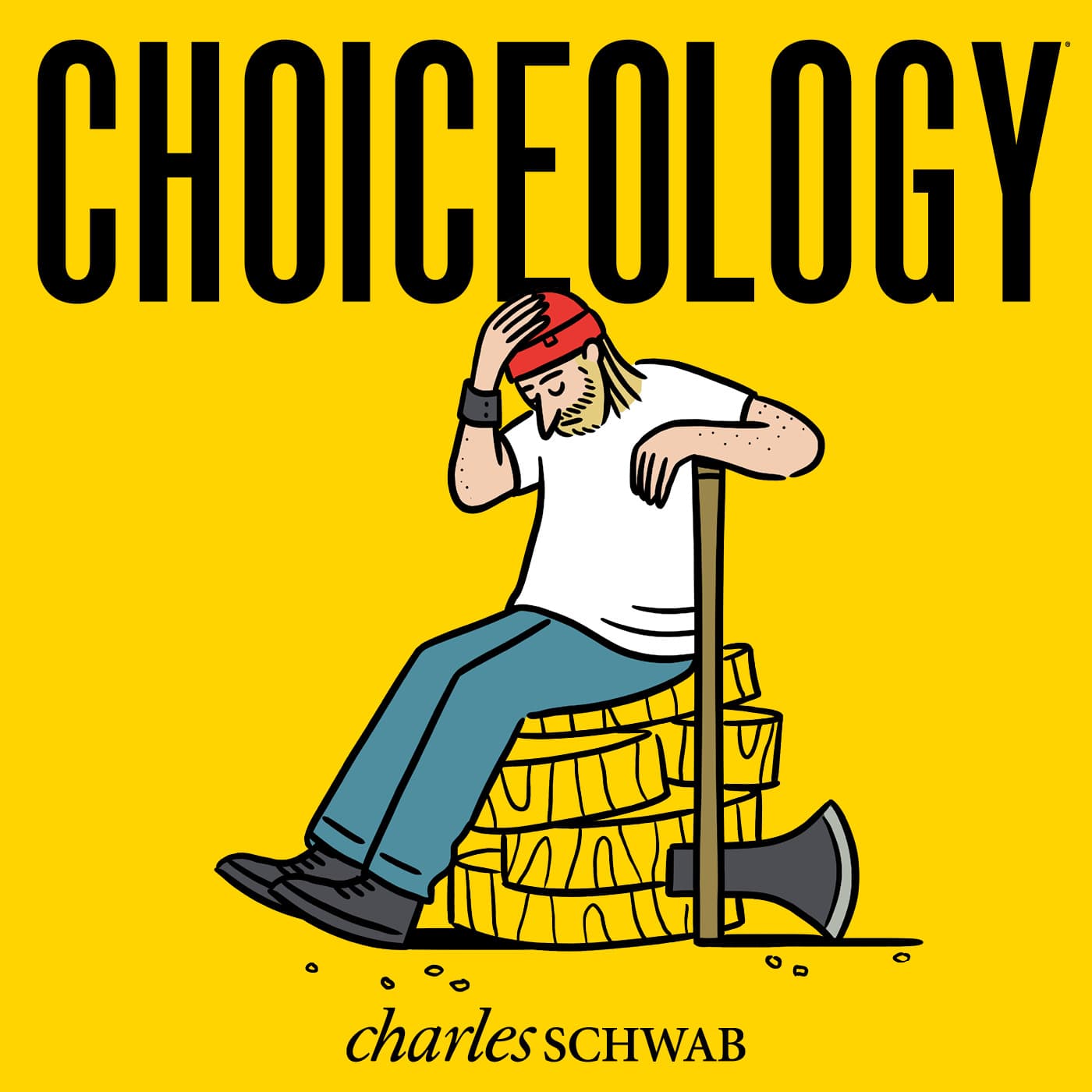If Only ...: With Guests Stirling Hart & Colin Camerer
In a past episode titled "Spoiled for Choice," we looked at how decision-making can be hampered by our desire to avoid the painful emotion of regret. In fact, regret aversion can cause people to abandon certain decisions entirely.
In this episode of Choiceology with Katy Milkman, we look more closely at regret itself.
Stirling Hart is a professional lumberjack. He's also a world-class lumberjack sports athlete. He has travelled the world competing against the best of the best in events such as the underhand chop, the spring board, the single buck, and the standing block chop. These grueling and dangerous tasks require explosive strength, accuracy, and nerves of steel.
In 2016, Stirling Hart represented Canada at the Stihl Timbersports® World Championship in Stuttgart, Germany. He was dominating the events until he came to the hot saw (an event involving a chainsaw built from a modified motorcycle engine). That's when one split-second decision changed the course of the competition. You'll hear how that one moment affected Stirling for months afterward.
Stirling Hart lives and works in Squamish, British Columbia, Canada.
Next, Katy speaks with Colin Camerer about the neuroscience of regret. Colin explains how regret arises and how it can affect our behavior, for better and for worse. You'll hear about a fascinating study by Tom Gilovich identifying regret in Olympic medalists, and you'll learn about the ways that regret can influence investment decisions. You'll also gain valuable insight on how to minimize some of the negative effects of regret.
Colin Camerer is a Robert Kirby Professor of Behavioral Finance and Economics at the California Institute of Technology, where he teaches cognitive psychology and economics. You can read more about regret in his paper "Neural Evidence of Regret and Its Implications for Investor Behavior."
Choiceology is an original podcast from Charles Schwab.
If you enjoy the show, please leave a rating or review on Apple Podcasts.
Learn more about behavioral finance.
All expressions of opinion are subject to change without notice in reaction to shifting market conditions.
The comments, views, and opinions expressed in the presentation are those of the speakers and do not necessarily represent the views of Charles Schwab.
Data contained herein from third-party providers is obtained from what are considered reliable sources. However, its accuracy, completeness or reliability cannot be guaranteed.
Investing involves risk, including loss of principal.
Apple Podcasts and the Apple logo are trademarks of Apple Inc., registered in the U.S. and other countries.
Google Podcasts and the Google Podcasts logo are trademarks of Google LLC.
Spotify and the Spotify logo are registered trademarks of Spotify AB.



